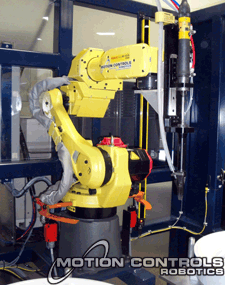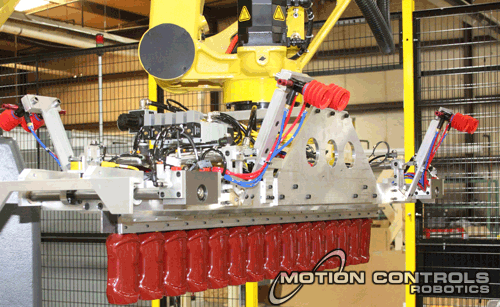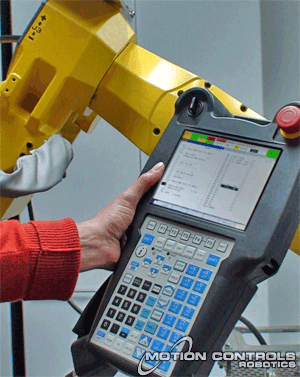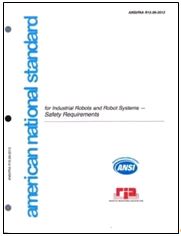How long will my robot live?
This is a common question from prospective customers. When answering this question, it is important to address not only the typical life cycle of a robot, but also evaluate relevant need and standard changes for replacing a robot. 
How long can I expect my new FANUC robot to last?
Many customers experience 10+ years of reliable service from their FANUC robots. FANUC tells us that a robot in a typical duty cycle application will run 80,000 to 100,000 hours without any failures. This is extraordinary given the amount of work a robot can perform in that amount of time.
As with all equipment, there are the usual caveats concerning proper maintenance during the life of the robot. What is not as well-known, and commonly ignored by inexperienced integrators, is the importance of proper initial setup of the robot. Applying proper setup parameters, such as load inertia values, is important to obtain the best life from your robot.
After the 8-10 years expected life cycle, what is the cost to replace the robot?
The cost to replace the robot can be divided into the following areas:
- Robot – pricing has been very stable over last 10 years due to efficiencies at FANUC and improvements in controls. New robot pricing would likely be similar to what you paid for the robot originally, with a minor adjustment for inflation costs. Additional engineering cost could be involved depending on how much change has occurred in the replacement robot design compared to the robot being replaced.
 Robot modifications/improvements have slowed down in the last 5 years, with incremental improvements being less significant than they were compared to 10-15 years ago. Also, FANUC has done a great job with change/product management, providing excellent reverse compatibility with previous robot designs.
Robot modifications/improvements have slowed down in the last 5 years, with incremental improvements being less significant than they were compared to 10-15 years ago. Also, FANUC has done a great job with change/product management, providing excellent reverse compatibility with previous robot designs. - End of arm tool (EOAT)- customers commonly want a new eoat on their new robot. Cost will be similar to the original end of arm tool cost, which range from $5,000 to $50,000 depending on tool design/requirements.
- Remove old robot, install new – we would typically allow one to two days for two installers plus time to remove any obstructions/other equipment in the robot cell that might be in way of removal/replacement of the robot arm.
- Startup, point touch up program (should be able to use old program with little or no modification) – typically one programmer, one or two days is required to get the new robot moving as well or better than the original robot.

You may be able to avoid significant robot cell re-design by purchasing a late model, re-certified used robot. As a FANUC Level 4 Certified Servicing Integrator, Motion Controls Robotics, Inc has the ability to rebuild robots to original factory specifications.
Will I need to replace anything else in my robot cell at the same time as the robot?
The original cost of the robot and end of arm tool is typically some fraction of the cost of the entire robot cell. When it comes time to replace a robot, you will want to evaluate whether any of the other elements of the robotic work cell have reached their expected life. Conveyors and other load handling mechanisms need to be evaluated. 
Robot cell safety is another area to evaluate. Robot Industries Association specifications (current version is RIA 15.06-2012, most recent previous version was RIA 15.06-1999) have evolved over the years, and the safety equipment in your robot cell may no longer meet latest industry standards, making them a candidate for upgrade/replacement. If you purchased your robot cell before 1999 and want to upgrade your robot, chances are you will want to update some or all of your safety equipment as well.
If you would like further information about robot life cycle, contact our sales group.
